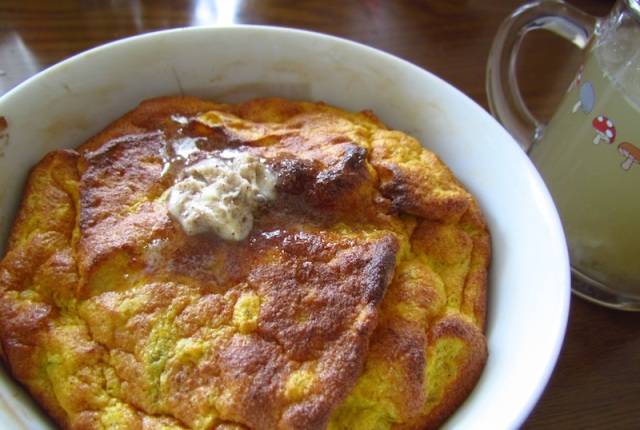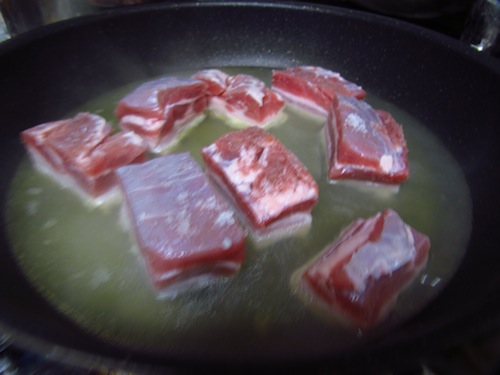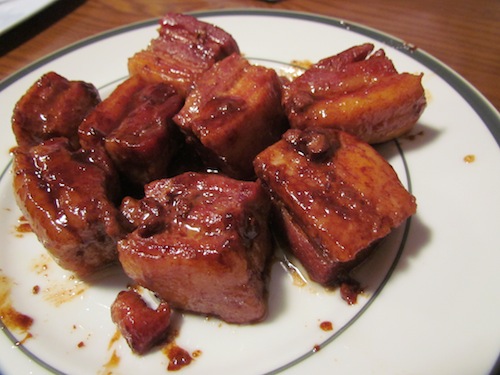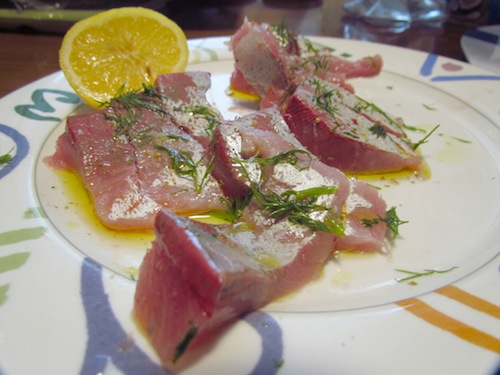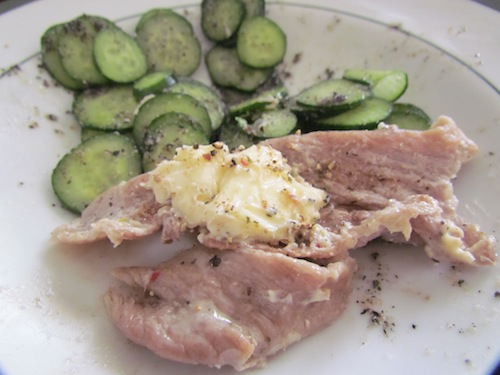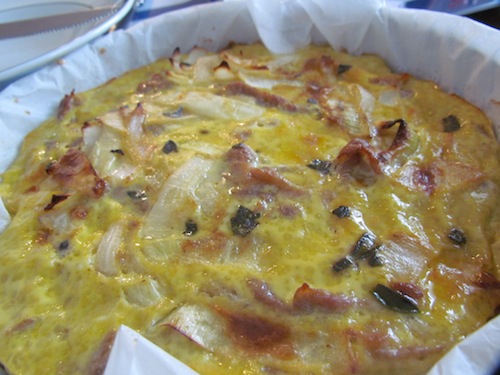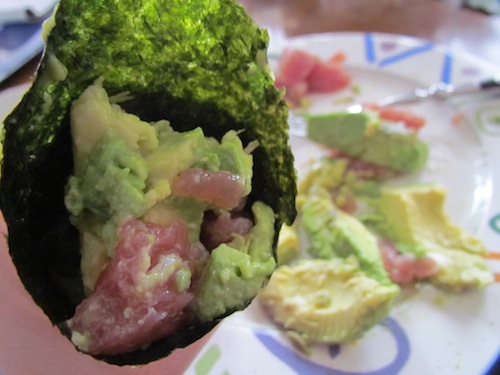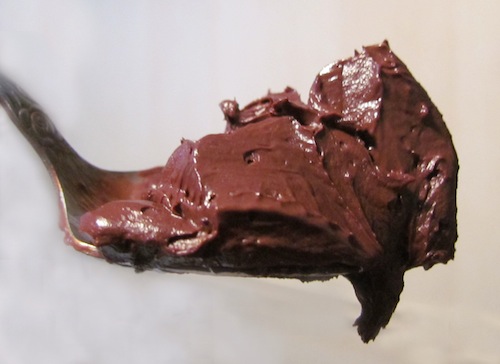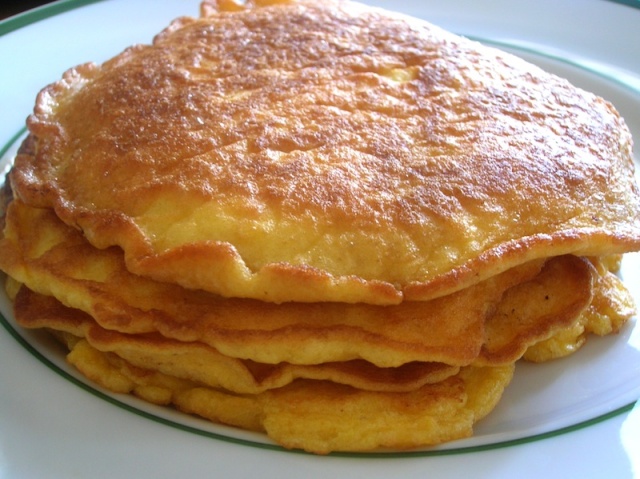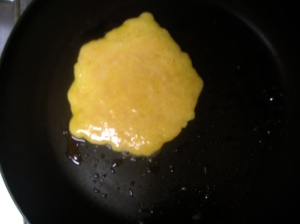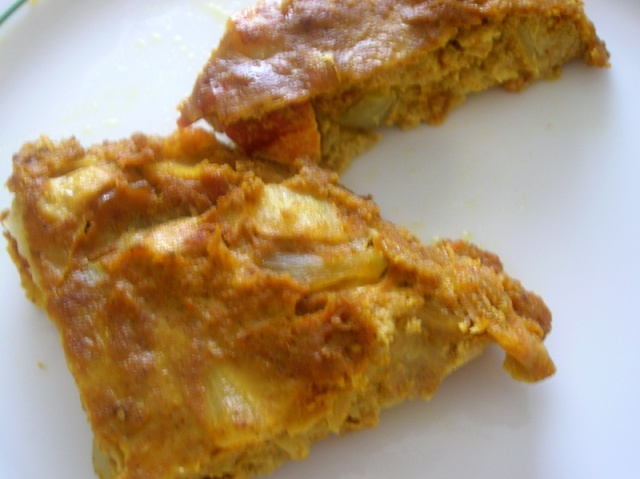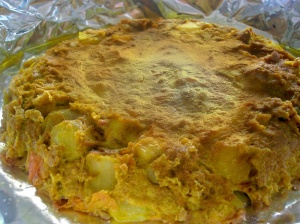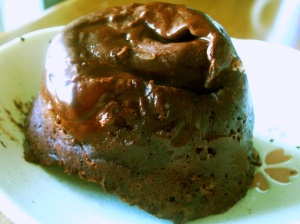
Underdeveloped dental arches and jaws is a problem prevalent in today’s world. Poor pre-adult diet stemming from lack of fat-soluble vitamins and minerals is the primary cause of malocclusion. Narrow upper dental arches is often associated with lack of space for nasal passages. Mouth breathing results as well as the negative effects associated with mouth breathing.
Undeveloped jaws can lead to problems such as difficulty in chewing food and unbalanced facial appearance.
Malocclusion is also associated with TMJ problems, sleep apnea and other medical conditions.
Orthodontic Treatment
Conventional treatment consists of braces, often accompanied with extractions. Braces, however, only straighten teeth and do not fix problems associated with narrow dental arches nor do they encourage balanced growth of jaws in growing patients. Extraction + braces, if done without regard to facial profile, can damage the appearance of the face. For example, someone with an underdeveloped lower jaw may be treated by extracting premolars and pulling the front teeth backwards, resulting in a retracted facial profile. Younger children may be treated with rapid palatal expanders but cases can relapse if proper oral posture is not established.
Though conventional orthodontics can preserve facial profile if done properly, functional orthodontics can give the same result without loss of teeth as well as the expansion of dental arches, and improved jaw growth balance in growing patients. Expansion of dental arches can result in increased airway space and other positive functional changes.
ALF lightwire, Crozat, SOMA are the gentler, least bulky functional appliances. They expand dental arches via continuous light forces.They do not exert extra forces on the jaw so they are not as effective at modifying jaw growth like the appliances below.
Myobrace is a flexible, removable brace mainly used to correct deficient jaw growth in young growing patients. It is worn for a several hours each day and emphasizes proper oral posture. Patients with deficient dental arches are often treated with arch developers prior to Myobrace treatment.
Frankel, Twin block, Bionator, etc. are removable functional orthodontics designed to encourage the growth of jaws in growing patients with one or more underdeveloped jaw. They can treat class II (underdeveloped lower jaw) or class III (underdeveloped upper jaw) depending on the design and are worn most of the day. However, for class II cases, these appliances exert a slight backwards force against the maxilla, restricting its growth.
Herbst, MARA, etc. are fixed appliances designed to encourage the growth of the mandible in the non-compliant growing patient. However, more recent evidence has shown that these appliances can correct mild class ii cases in young adults as well. But like the above mentioned removable appliances, these appliances also exert a slight backwards force against the maxilla.
Biobloc appliances are removable appliances designed to encourage both jaws to grow forward. They can treat malocclusion of all classes but are most effective when used in young growing patients aged 8-12. The appliances are worn most of the day except for cleaning. Biobloc orthrotropics also emphasizes proper oral posture, that is mouth closed with tongue touching near but not on the upper front teeth. This oral posture properly utilizes the muscles of the face to support the palate and teeth, improving jaw growth and orthodontic retention.
Note about functional appliances in general: In some cases, braces are needed for final alignment after some time in functional appliances. Usually, due to greater dental arch space, the time in braces is shorter than treatment with braces only.
They are of course, many other appliances and expanders. When searching for a orthodontist, it is preferable to choose one focused on facial appearance and on more functional forms of orthodontics that call for expanding dental arches and encouraging the growth of jaws in growing patients.If the practitioner does not mention oral posture, effort should be made to keep the mouth closed and the tongue near but not on the upper front teeth as this will improve efficiency and retention of the treatment. Proper oral posture is a habit that must be maintained throughout one’s life.
Note for the nasal congested: Those who can not breath with their nose will have trouble with maintaining proper oral posture. Expanding the upper palate can improve nasal breathing. A quick fix, temporary solution that may work for some is the Buteyko method of clearing the nose. To clear the nose with this method, one inhales, preferably with the nose but the mouth is fine too, exhales, pinches the nose, and nods one’s head up and down. Hold the breath. Continue until one feels the urge to breathe but there is no need to hold one’s breath as if one is preparing for a breath holding competition. Inhale and repeat until nasal breathing is established.
Severely underdeveloped jaws in adult patients can not be treated by functional orthodontics alone as adults are no longer growing. Orthognathic surgery is the only way of treating adult patients. Fixed appliances i.e. braces are often used to align the teeth prior to surgery. Osteotomy is one form of surgery. It involves cutting one or both jaws and moving them forward or backward. Distraction osteogenesis, a more recent and less common procedure is another option. It involves cutting the jaw and using a appliance to gradually move the separated bone apart. As the bone move apart, new bone fills in in between, lengthening the jaw bone.
Nutritional Prevention
Weston a. price showed that fat soluble vitamins and minerals are essential for proper development of dental arches and jaws. Poor parental diet causes children to develop malocclusion. Furthermore, the effect is compounded when future generations continue to eat a low nutrient diet. A pre-conception, nutrient dense diet is essential, essentially for the mother. A nutrient dense given to growing children from parents that followed an low nutrition preconception diet may be able to correct malocclusion in the child. The older the child, the higher the chance that nutrition will not be enough. Therefore, functional appliances should be considered for older children and teens to facilitate proper arch and jaw development along with nutrition.
A nutrient dense diet will not correct malocclusion in adults and non-growing individuals. However, such a diet can support functional orthodontic treatment by possibly enhancing bone remodeling resulting from the expansion of dental arches by orthodontic appliances. Regardless of whether one has malocclusion or not, a nutrient dense diet is essential for preventing cavities and maintaining overall health.
Sources, Essential Reading
Malocclusion: Disease of Civilization This is just part 1 of 5. Read all of them!
Nutritional and Physical Degeneration Weston a Price’s original work and research, eye opening photos
Cure tooth decay A good book with some helpful info on website; nutrient dense diet it advocates is good for someone who wants a specific protocol
Orthotropics.com Information about Biobloc orthrotropic treatment
Adult Palate Expansion For adults interested in expanding their palates
Anne and Janet’s introduction to The Buteyko Method More information about the Buteyko method

